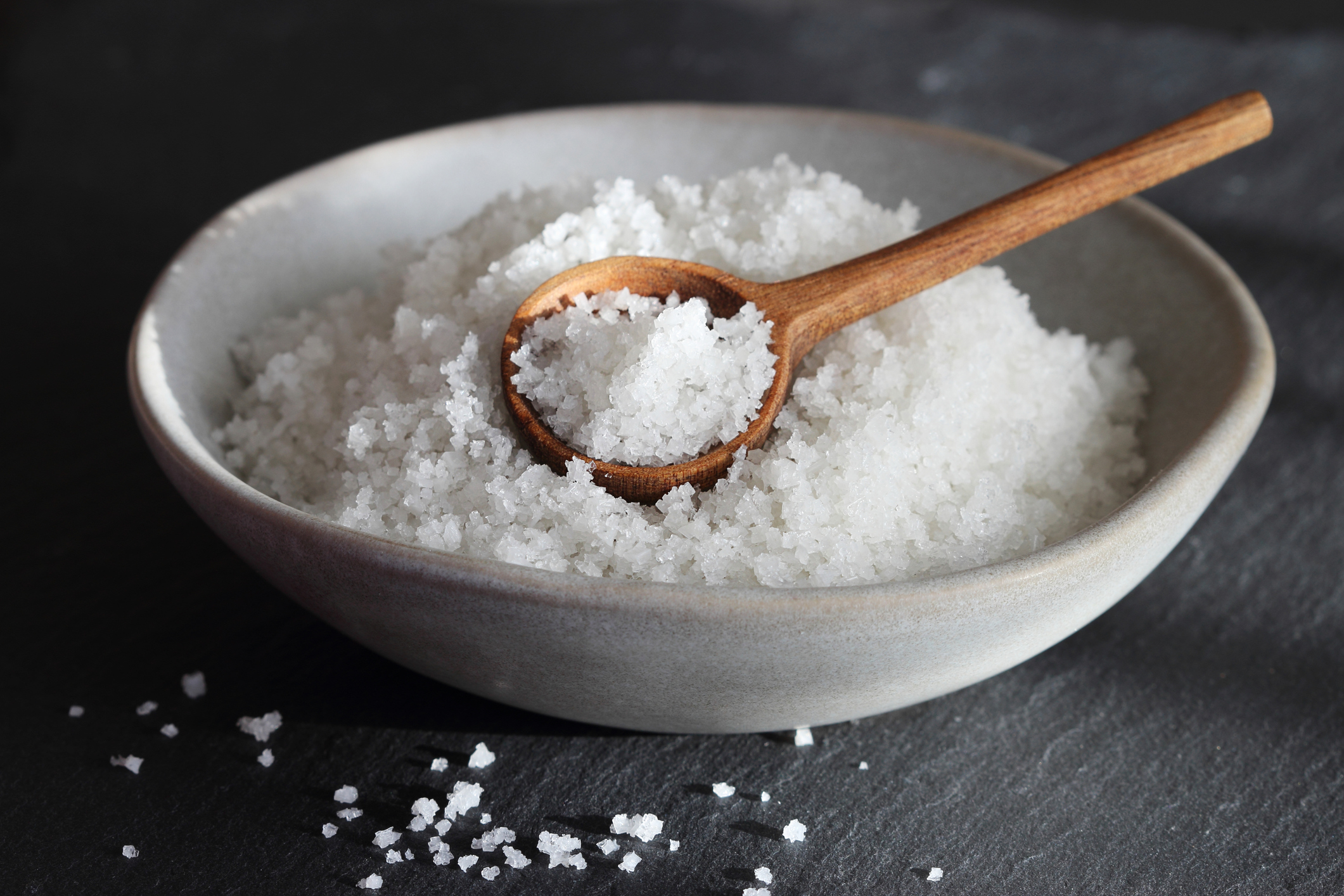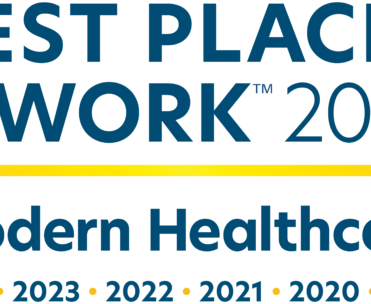
Nutrition Tip: How to cut back on salt
2 minutes
Salt gives many foods a boost of flavor. But there’s a catch. Salt has sodium, which can contribute to high blood pressure—a major cause of heart disease and stroke.
You can take steps to help keep your blood pressure down. The first step is to avoid salting foods when preparing or eating them. But you’ll also want to reduce your intake of sodium overall, most of which comes from other foods besides table salt.
That doesn’t mean settling for bland foods. Check out these tips:
Add zing with herbs and spices instead of salt. In the kitchen, try flavoring foods with a variety of herbs, spices and other ingredients. Here are a few flavorful combinations:
• Chopped garlic with potatoes.
• Turmeric with rice.
• Citrus juice with fish.
• Rosemary with chicken.
• Basil with pasta.
• Paprika with soups.
Put on your chef’s hat. Up to 75% of the sodium we eat comes from processed or ready-made packaged foods—from instant rice to frozen pizzas. Whenever possible:
• Prepare foods with fresh, naturally delicious ingredients instead of instant mixes and sauces, which often have salt added to them.
• Cook with dried instead of canned beans.
• Choose unprocessed meats, such as fresh, skinless poultry and fish, instead of meats that are smoked, cured or salted.
Choose low- or no-salt versions of your favorites. Many foods have lower-sodium versions that taste delicious. At grocery stores, compare nutrition facts labels and choose foods with the least amount of sodium.
Tip: Even foods that don’t taste salty, like bread, can supply a lot of sodium. When buying canned or frozen items (such as soups, vegetables and broths) look for “no salt added,” “low sodium,” “reduced sodium” or “unsalted.”
Need help? If you want to learn delicious ways to cut back on salt, ask your doctor for a referral to a registered dietitian.
Sources: Academy of Nutrition and Dietetics; American Heart Association; Centers for Disease Control and Prevention


